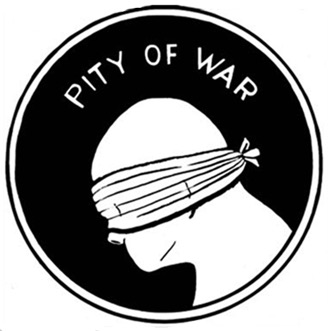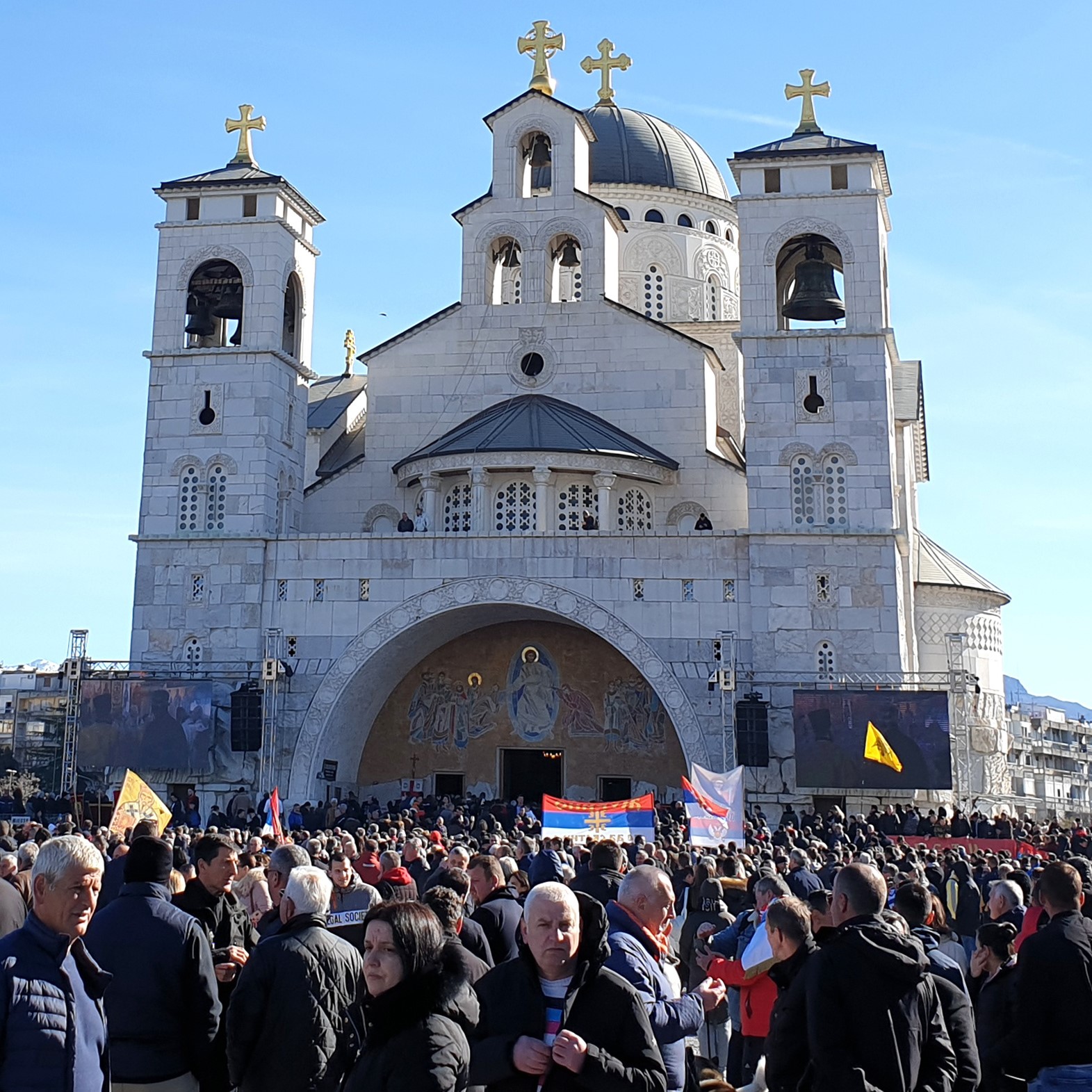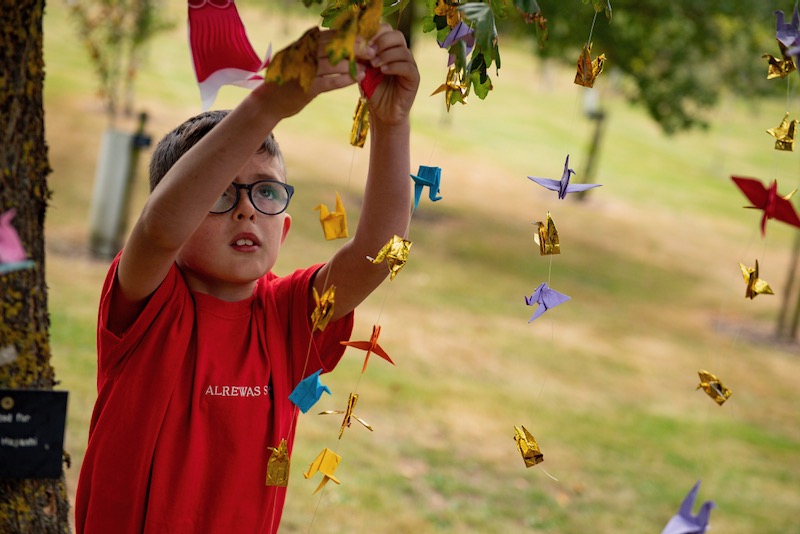On July 25, 75 years ago, President Truman wrote in his diary of the atomic bomb: “I have told the Sec. of War …to use [this weapon] so that military objectives and soldiers and sailors are the target and not women and children. …He and I are in accord. The target will be a purely military one.”
Early on a clear Monday morning exactly a week later, the first bomb exploded 600m above ground. Roughly 75,000 people were killed immediately from a combination of blast, fire and radiation. A similar number again were injured. Four months later, the death toll had doubled. About 90 per cent of the fatalities were civilians.
Militarily, it was a success. Hiroshima had been spared bombing prior to the drop, allowing examination of the effects on an unblemished city. Almost everything within a one mile radius was flattened. Nearly three-quarters of the city’s buildings were destroyed. Scientists carefully documented the effects on hibakusha (surviving nuclear bomb victims).
Last year, the Ministry of Defence announced that nearly five years of bombing operations in Iraq and Syria had killed more than 4,000 ISIS militants and injured some 300. During these air strikes they claimed there was just one civilian fatality – a motorcyclist killed by a drone strike. It is difficult to imagine this number to be in any way accurate, and perhaps shows how important the establishment feels that “collateral damage” is from a public relations aspect.
So has civilisation progressed? We have surely learned that, as has been said, the first casualty of war is the truth. If counting deaths from war is difficult, quantifying the human damage short of death is an order of magnitude harder. Fractured families, crushed spirits, and damaged minds are so often hidden, considered taboo, or just not spoken about.
Having retired from clinical practice four years ago, I wanted to put my medical experience to good use. I joined a co-operative of doctors writing medical reports for asylum seekers for their immigration cases. Having seen people myself who have been the victims of war, whether civil or interstate, I can attest to the human suffering thus occasioned.
In 2013 I heard Shropshire Quaker Joyce Gee speak passionately about the impact the Blitz had on her as a child. She was shocked there was no memorial to civilians affected by war. An informal group was formed and visited the National Memorial Arboretum in Staffordshire. The then director put the group in touch with a sculptor who had approached him with a remarkably similar proposal. We met with sculptor, Peter Walker, and it turned out we were on the same wavelength. We decided we needed to establish a formal charity to have a creditable basis for what was to be a national appeal and programme. The memorial would be the physical representation of the project, but the more important aspect was the educational programme designed to develop from it. One of our members built a website. Another, an artist, designed our logo. We gained HMRC Gift Aid approval. All was set for a launch on VE Day (8 May) and then… Covid-19 lockdown.
We moved the launch to Hiroshima Day. That mushroom cloud is surely one of the starkest symbols in living memory of civilian suffering from a specific military action.
We believe it’s important for decisions to be fully informed. Our mission is to help publicise some of these rarely discussed outcomes of war – so often written off in the footnotes of history as “collateral damage”. We want to raise among young people awareness and understanding of this side of the ledger of conflict; so often analysis of the glorious military action focuses on the narrow tactical outcome. The wider human cost of war rarely enters the accounting, not least because of the difficulties compiling reliable data. The damage lies deeply buried under the metaphorical rubble.
By simply discussing some of these ideas with young people, and getting them to undertake creative activities in response, we hope to sow seeds of hope and humanity, and encourage them to remember the human price paid for whatever political goal is sought.
Kit Byatt, Chair of Trustees, Pity of War.
Further Reading
Pity of War is a charity to raise awareness of the impact of war on civilians. The charity aims to reach this goal in two ways: raising money for a memorial statue in the National Memorial Arboretum, which is being commissioned from the sculptor Peter Walker, and finding and and hosting resources to help educate people, especially young people, about the impact of war. More information on our website – www.pityofwar.org
We Crossed A Bridge and it Trembled, Wendy Pearlman. First hand accounts from many ordinary Syrians of the impact of civil war.
The Bee Keeper of Aleppo, Christy Lefteri. Sets out how a person can be profoundly damaged by the devastating impact of war, but find redemption. Based on accounts of refugees from Syria.
The Pianist of Yarmouk, Aeham Ahmad. A first-hand account of living through the siege of Yarmouk, and escape from it.
A Hope More Powerful Than the Sea, Melissa Fleming. Gives a powerful insight into what drives a person to flee their country and risk their life in so doing.
War Doctor, David Nott. Written from a professional’s point of view, and illustrating graphically a variation on the “second victim” phenomenon – damage to the health care professional while trying to help those in a crisis.




 Loading ...
Loading ...
What do you think?
You can post as a subscriber user ...
User comments (0)